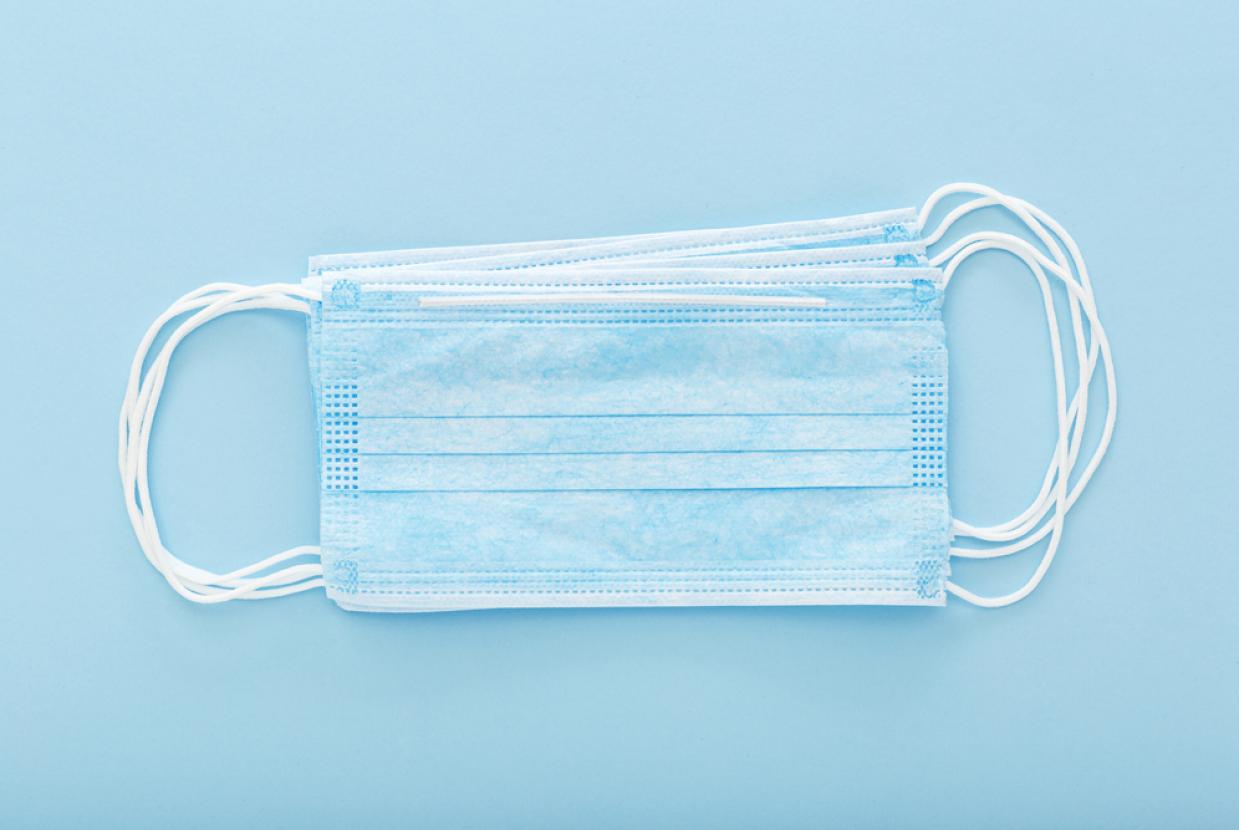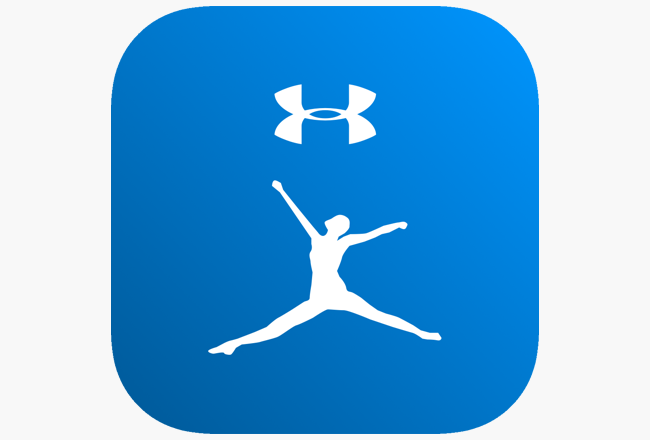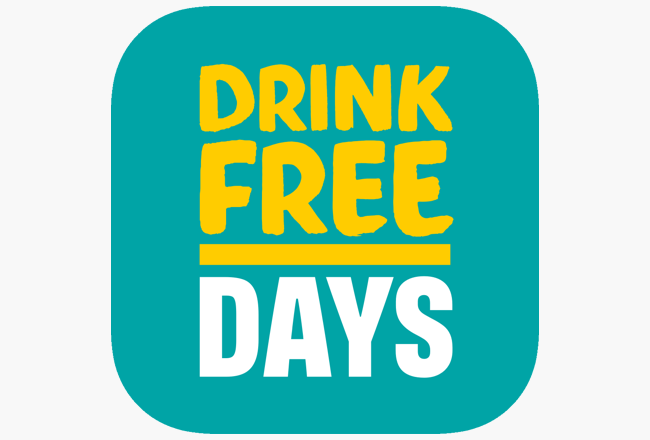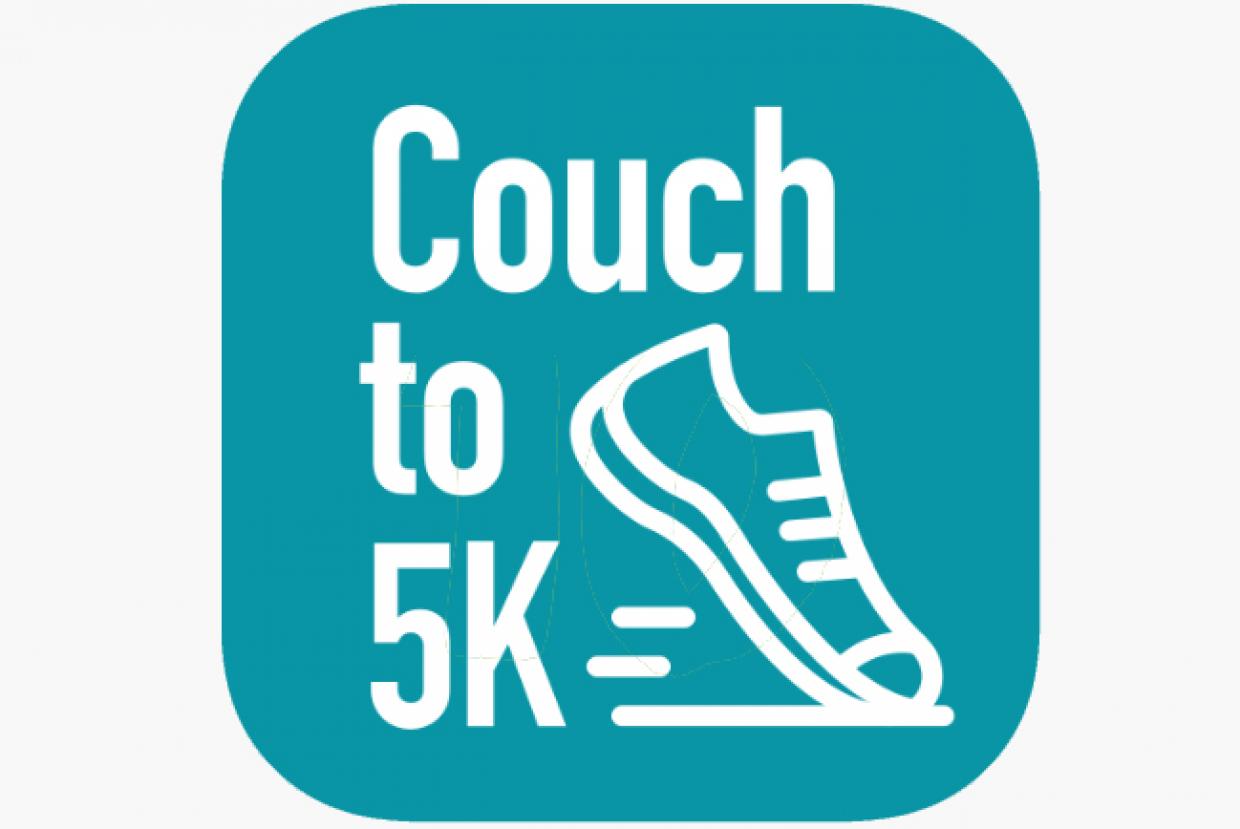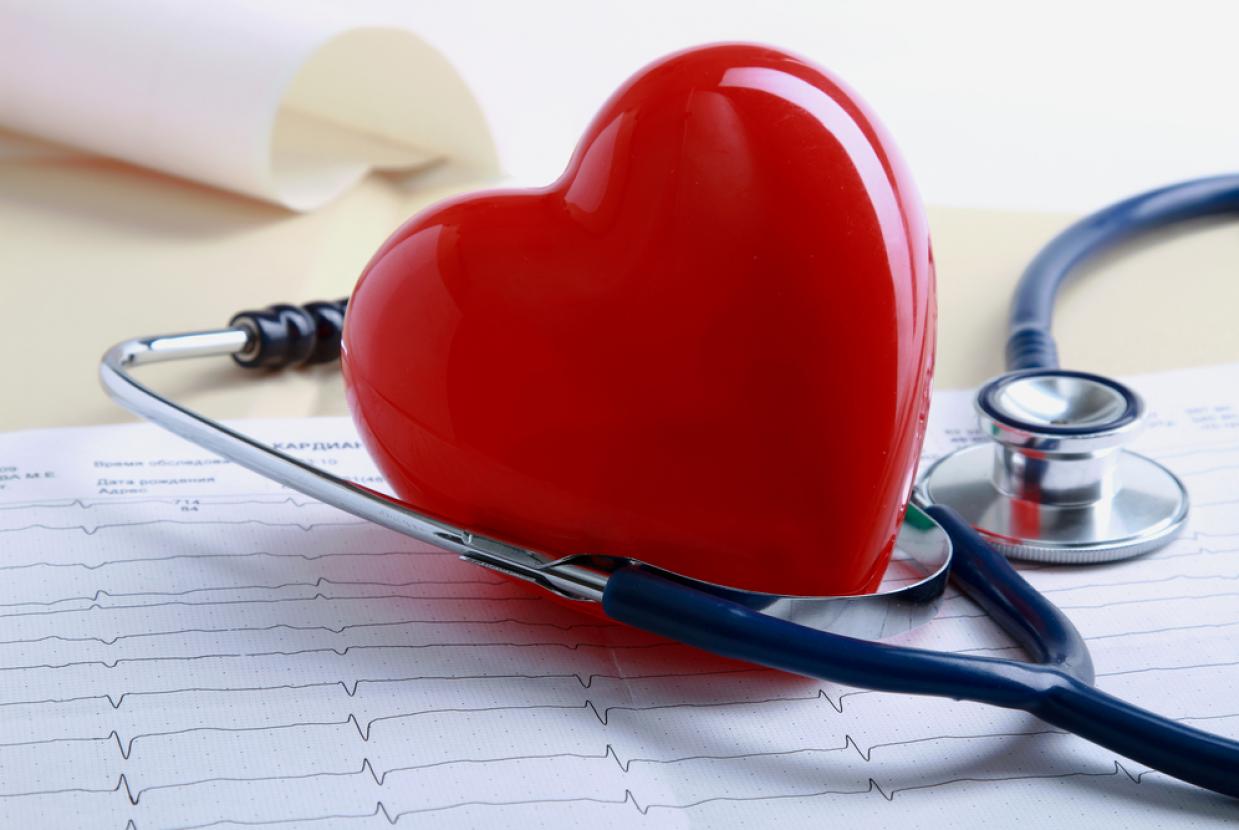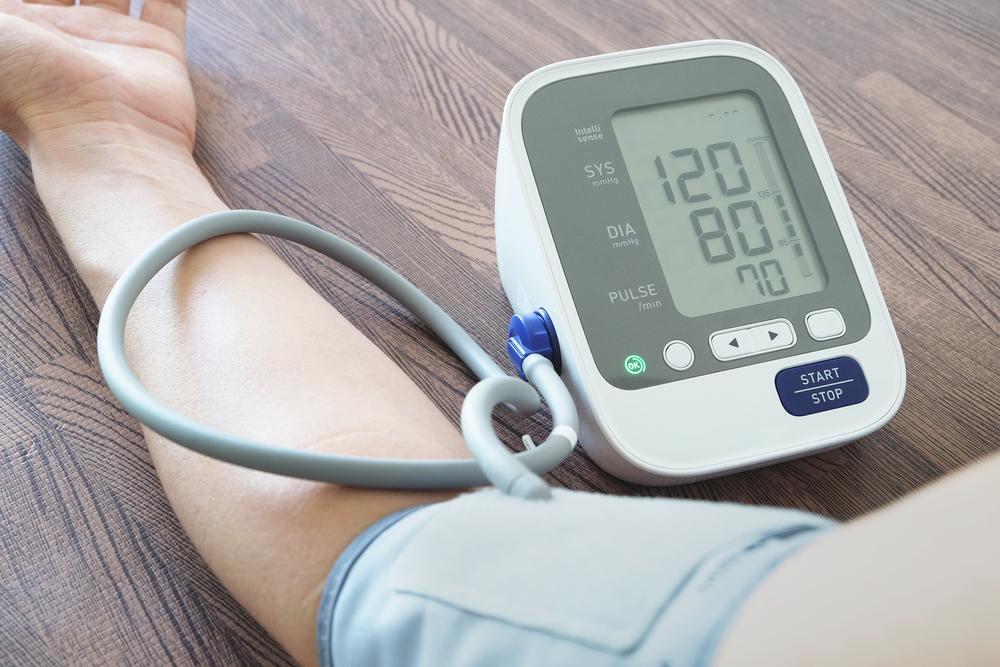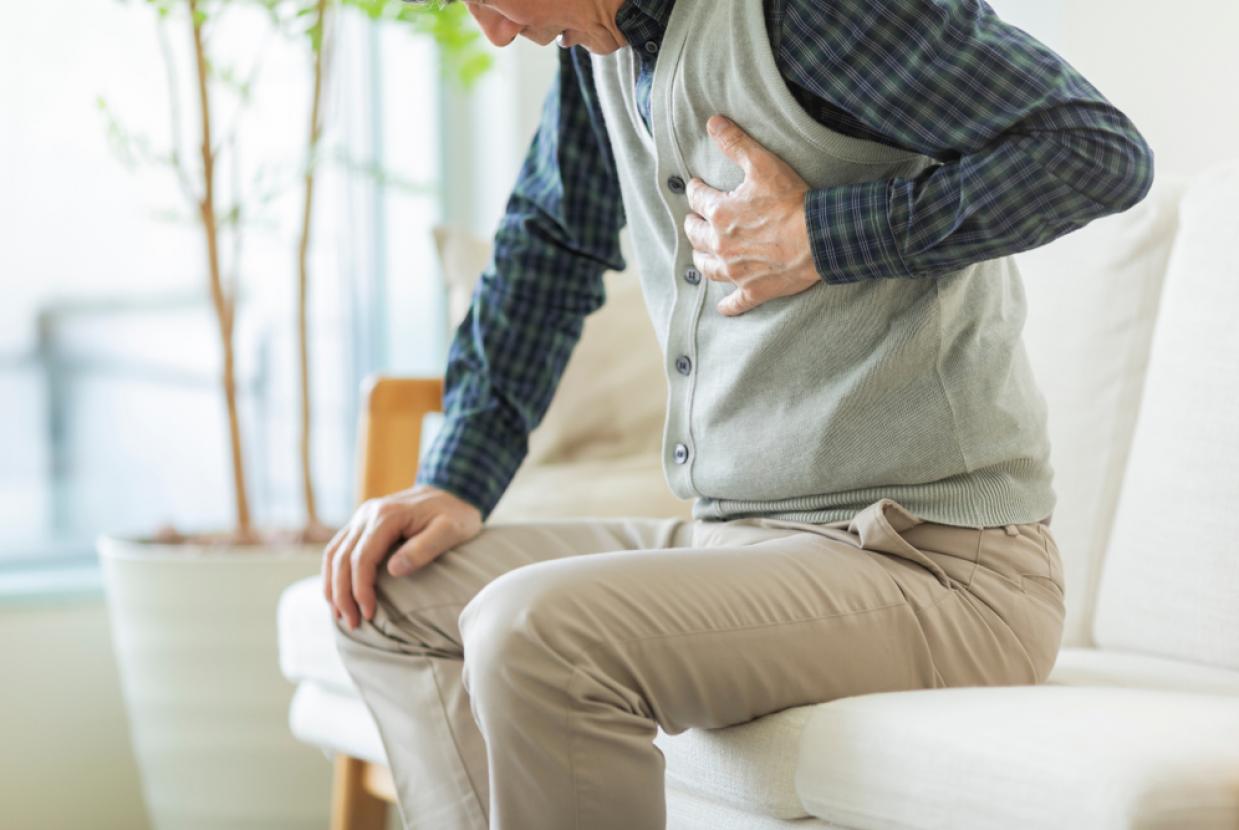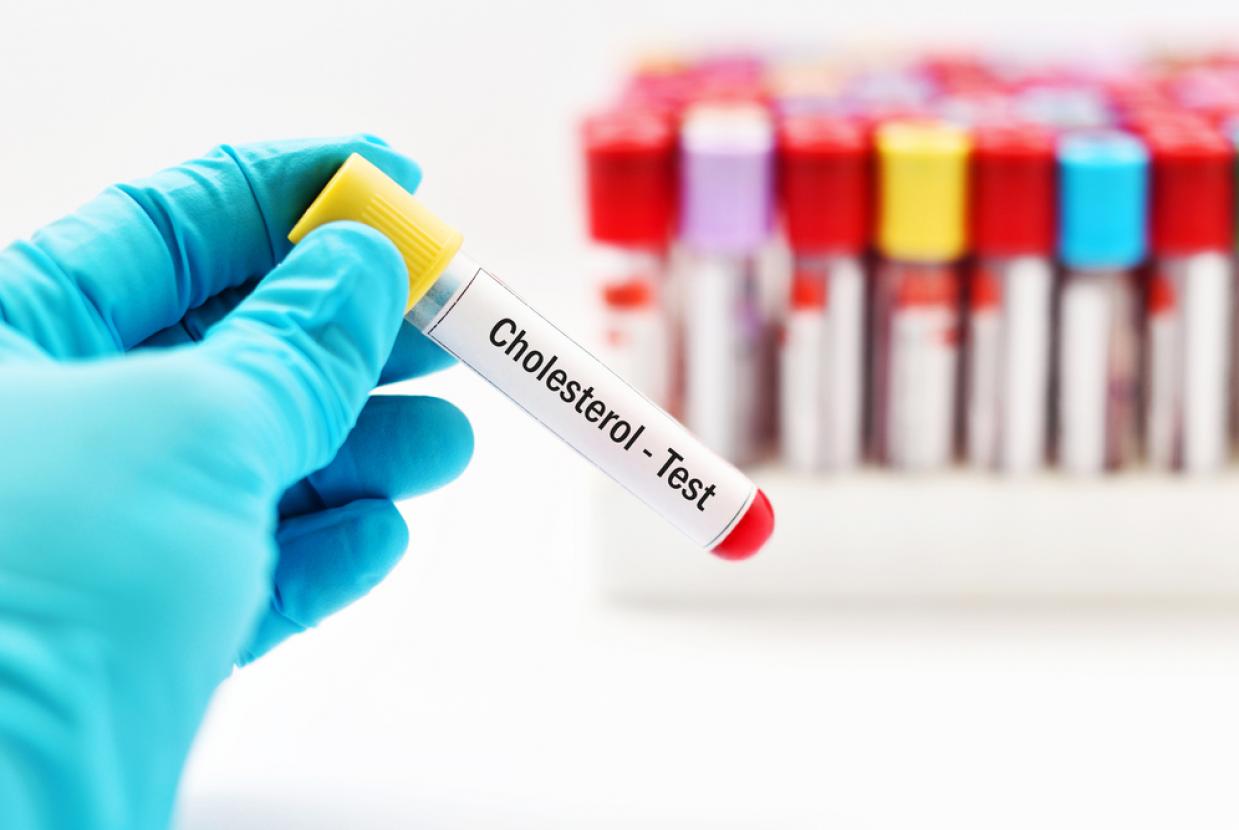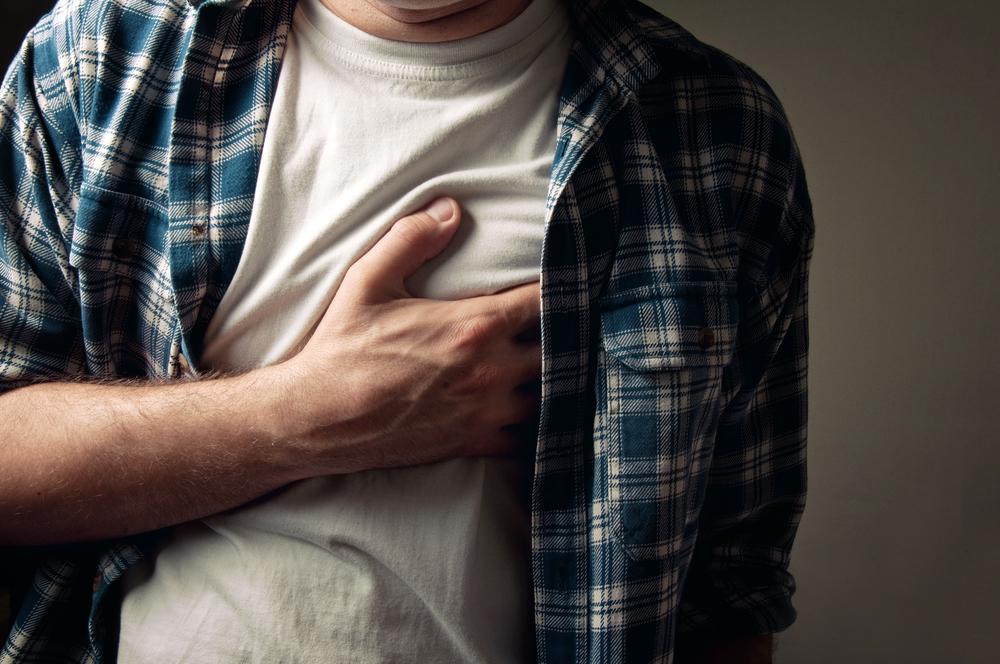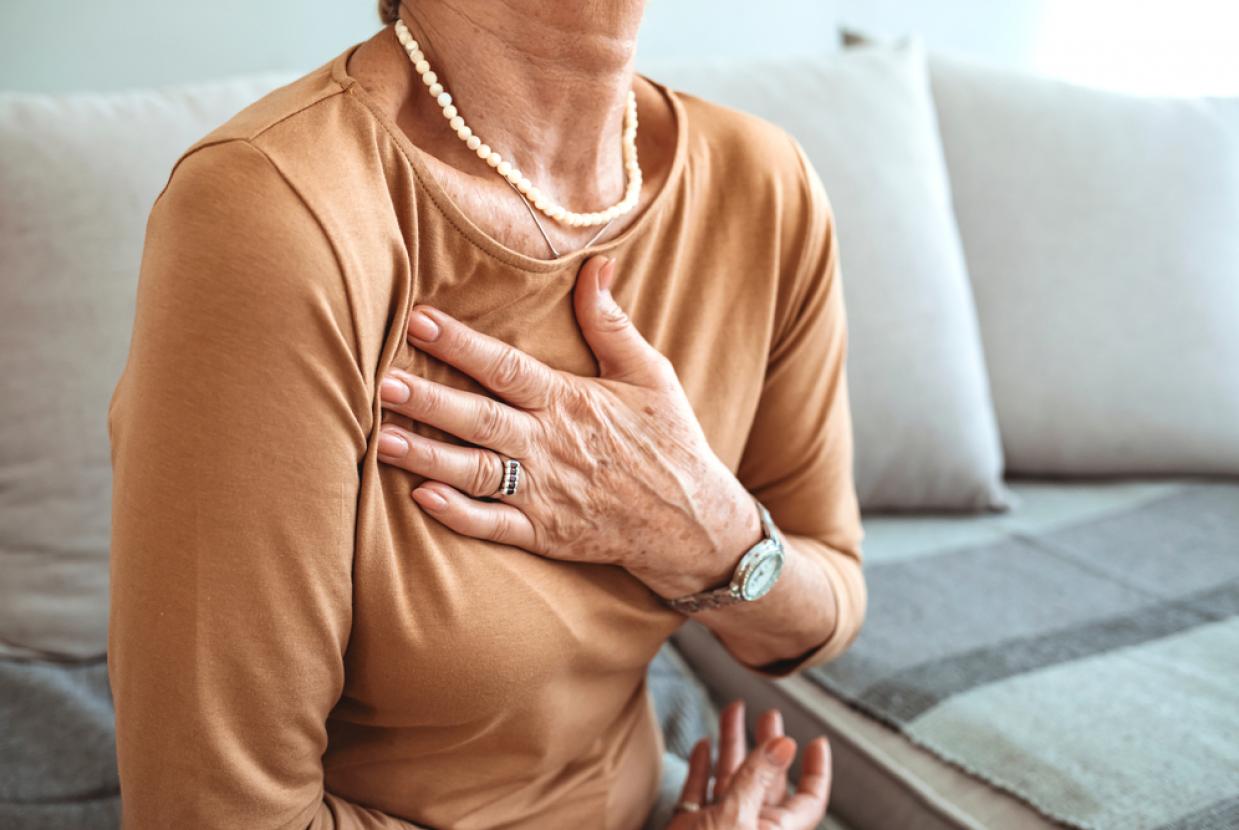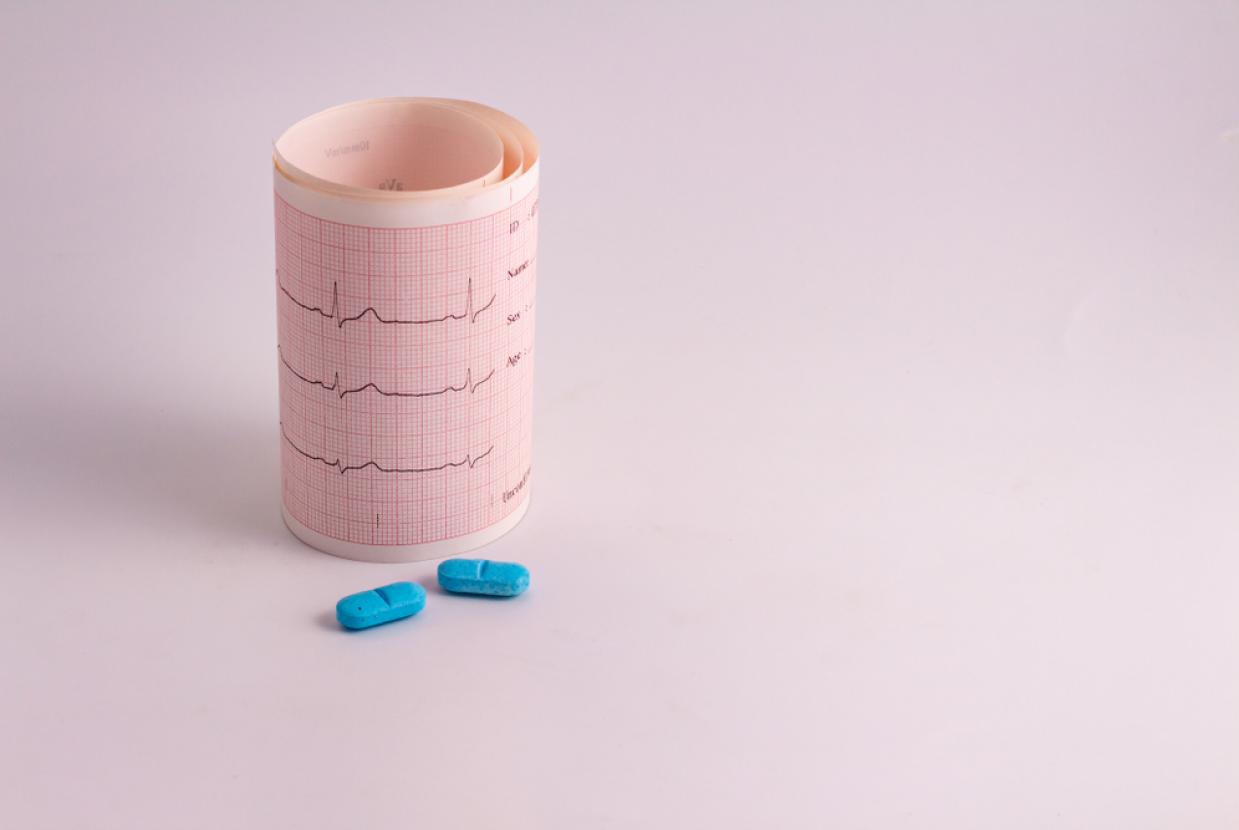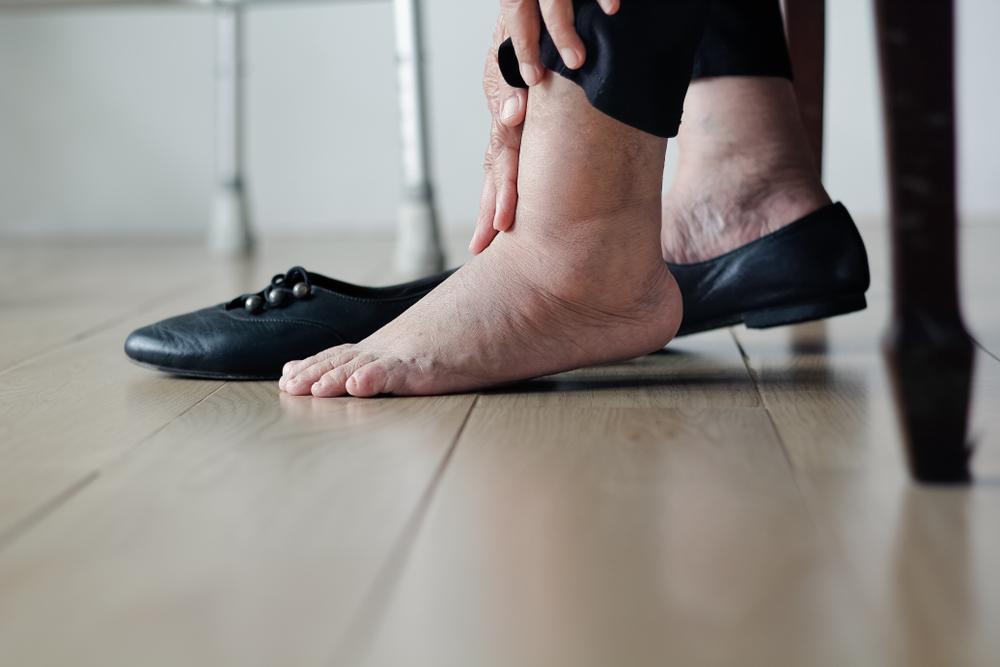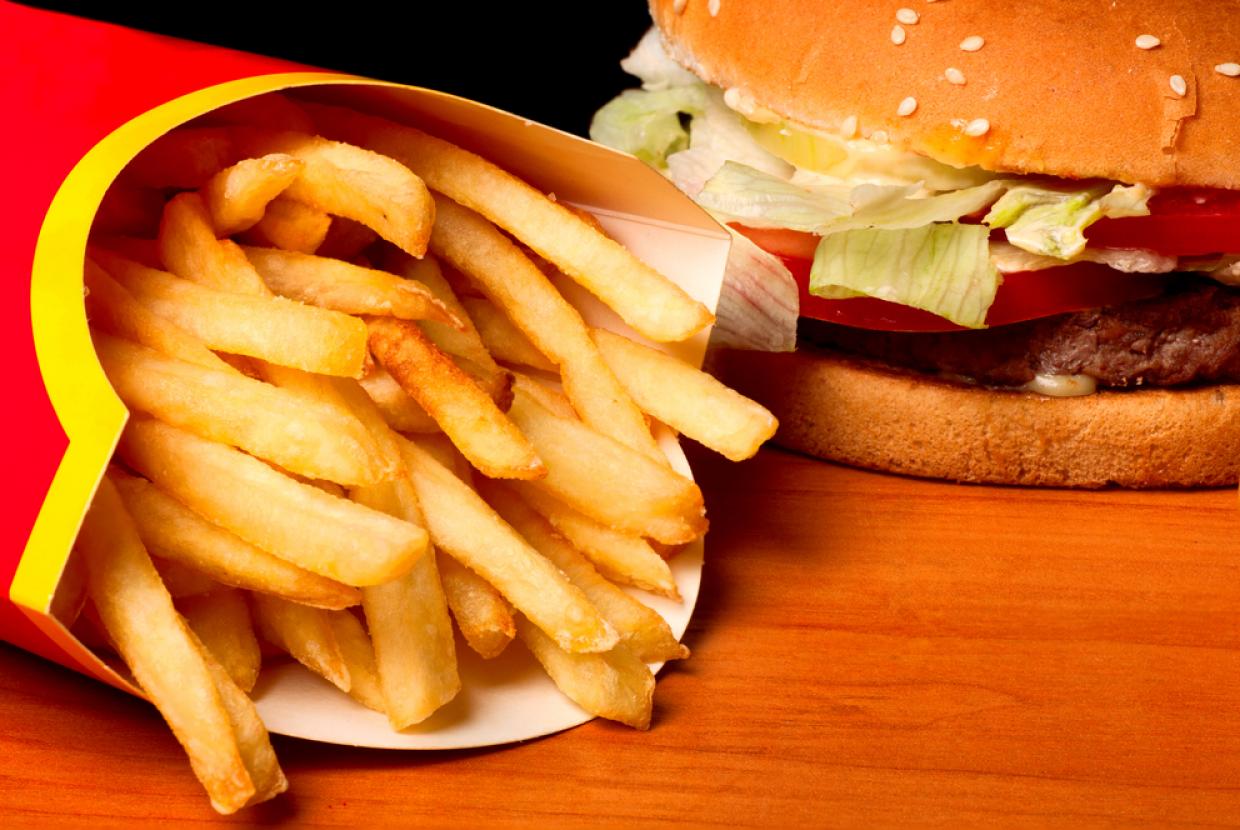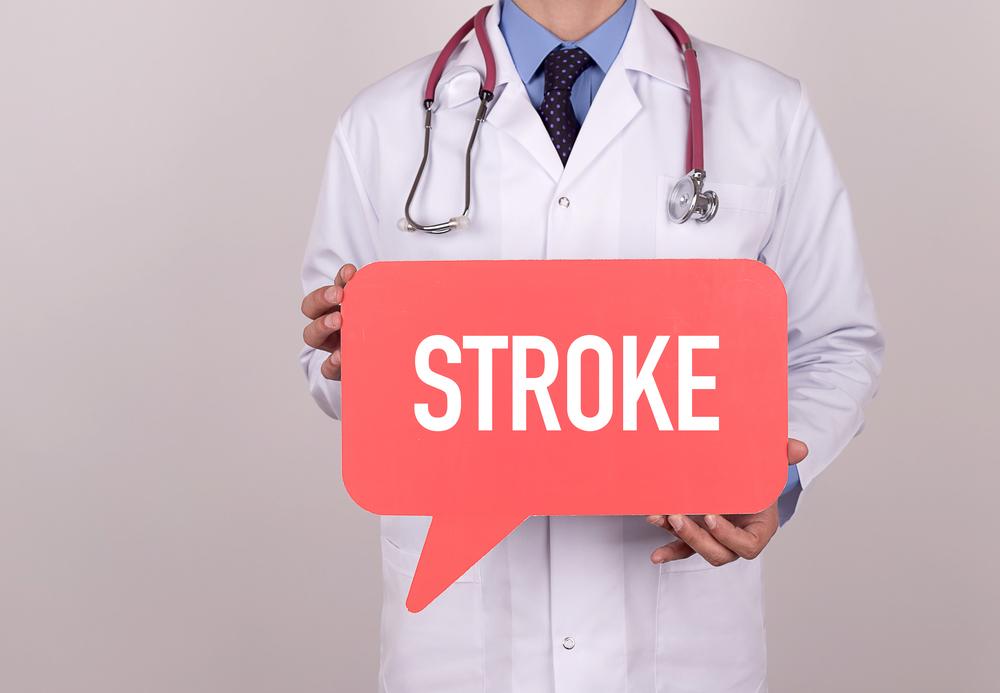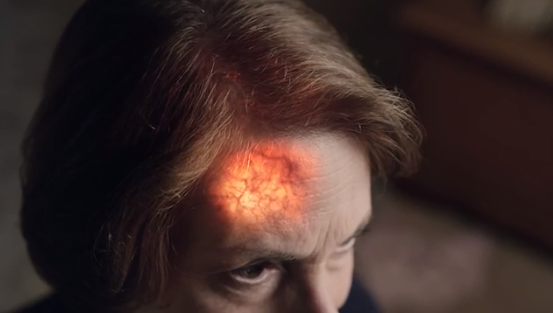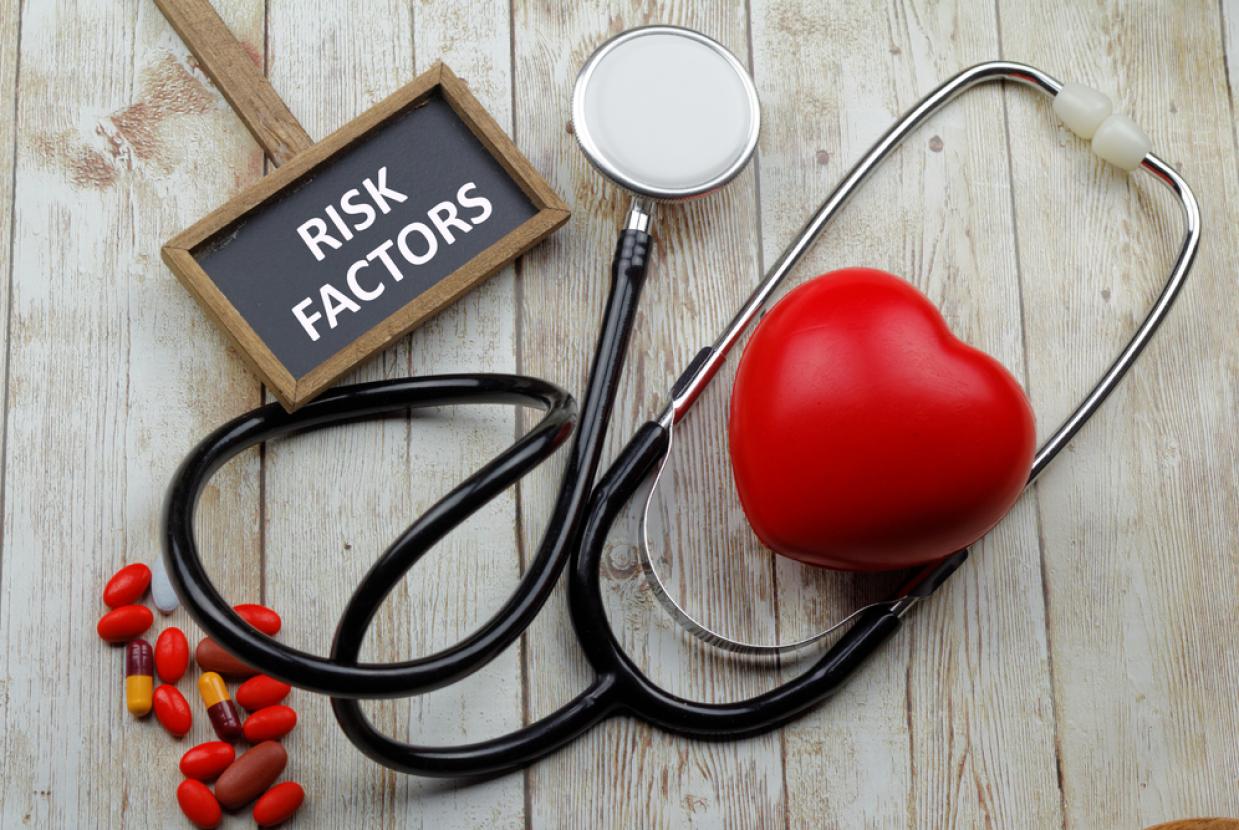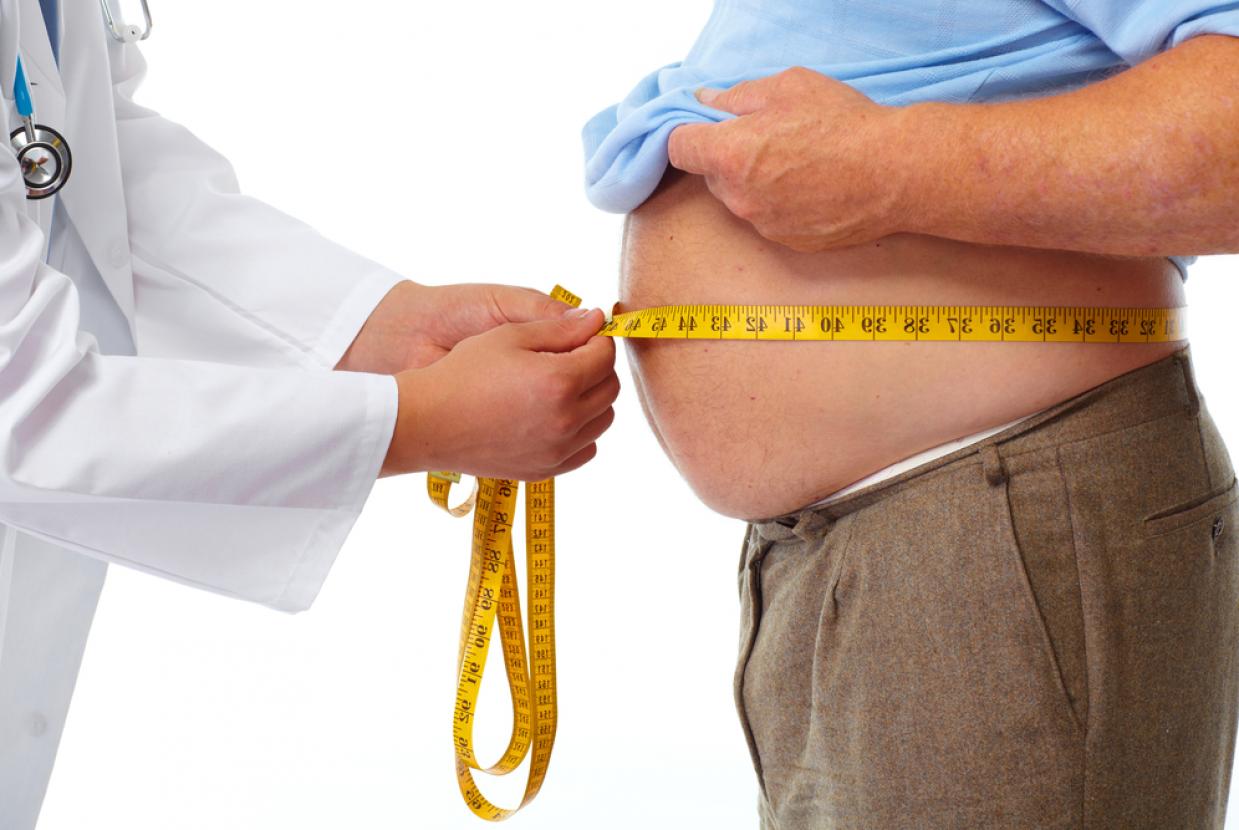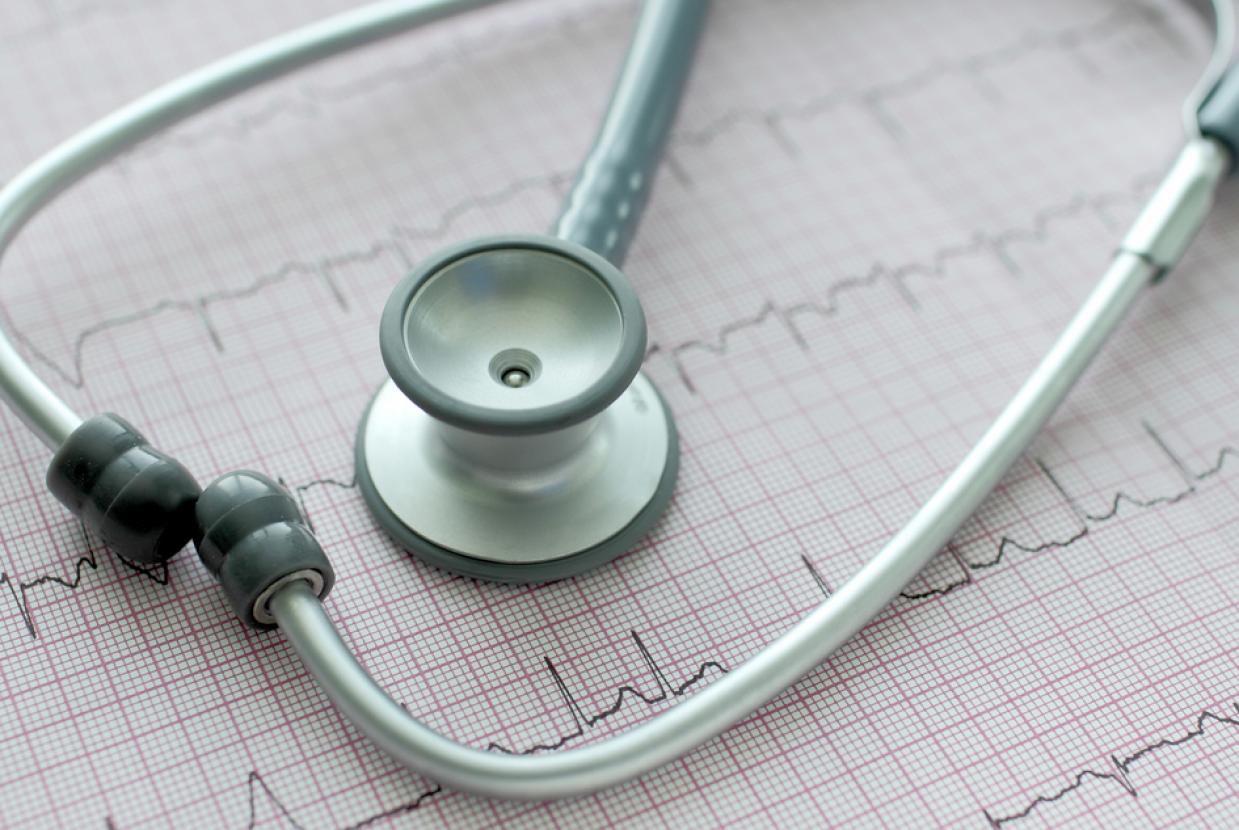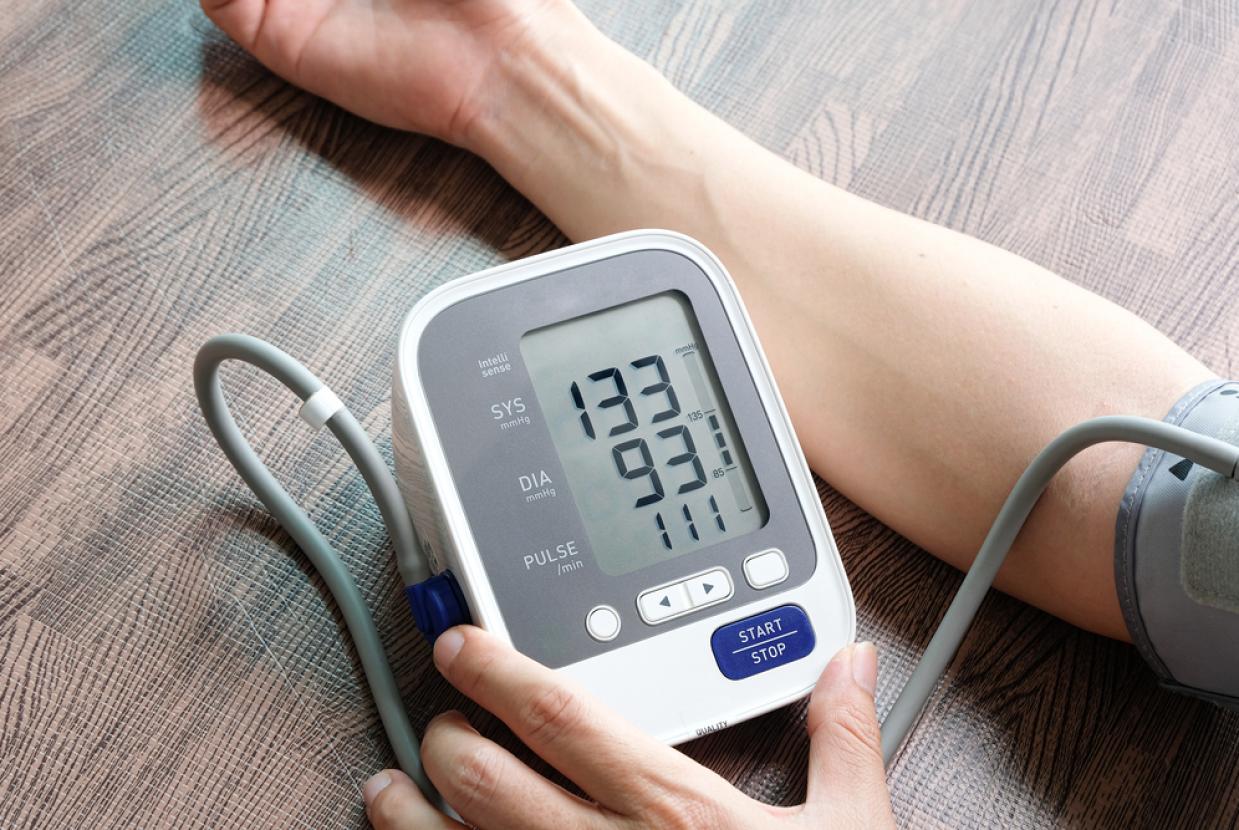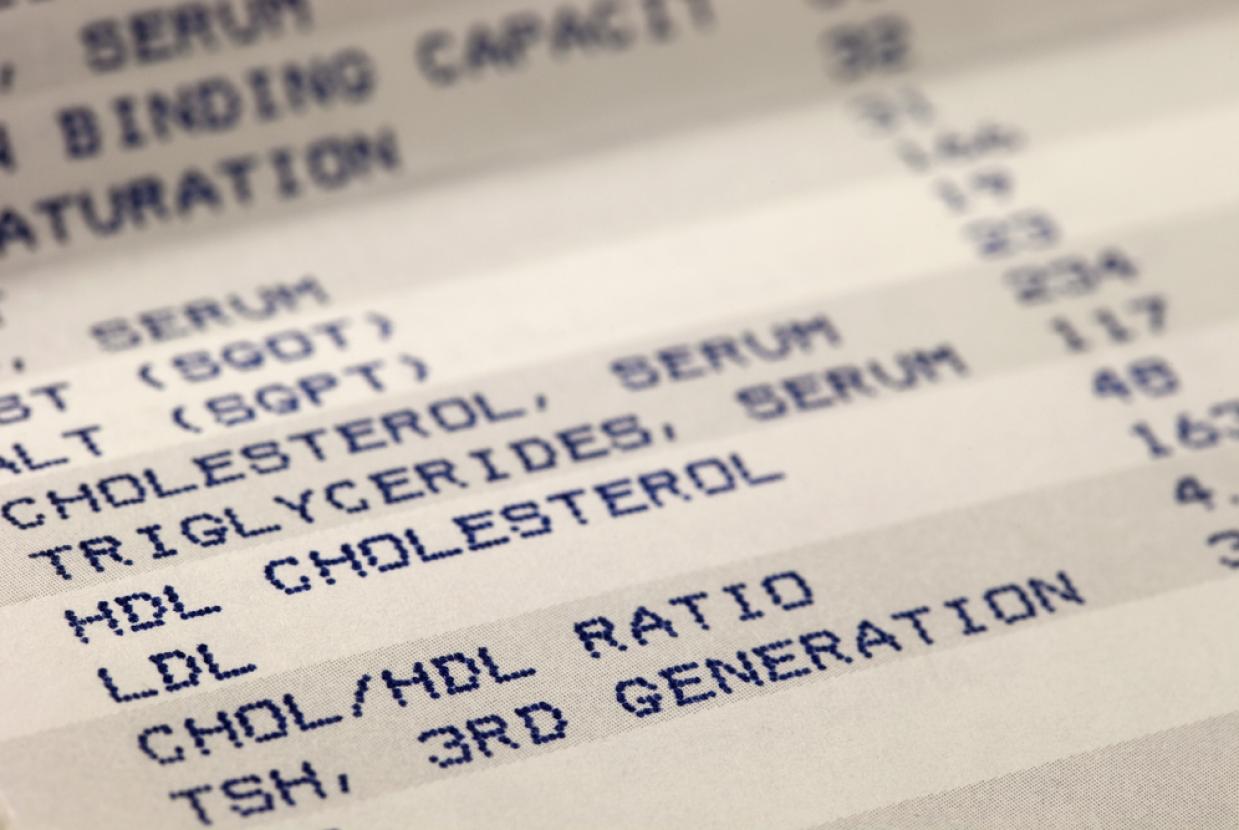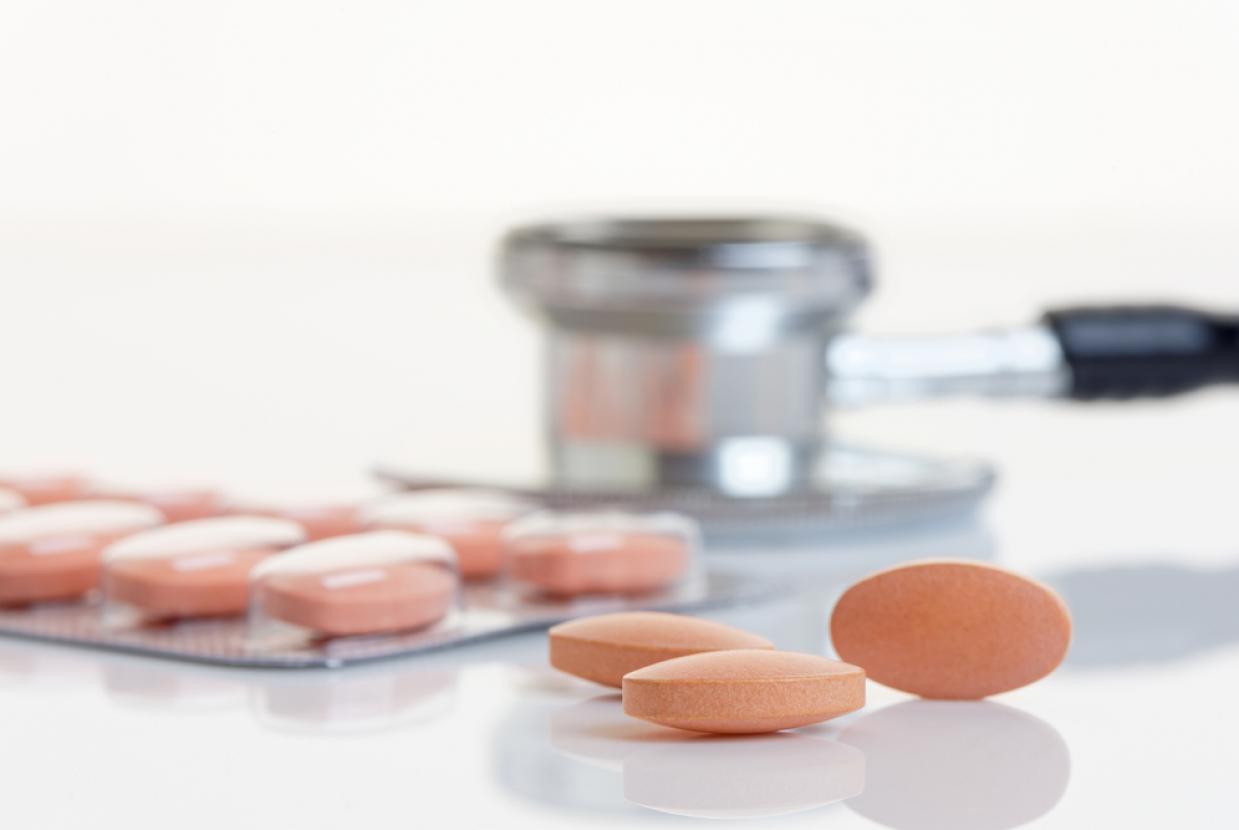World Restart a Heart Day - How to do CPR
Heart HealthIf someone is unresponsive and not breathing normally, you need to call 999 or 112 for emergency help and start CPR straight away. Learn what to do.
What is CPR?CPR stands for cardiopulmonary resuscitation. It combines chest compressions and rescue breaths to give a person the best chance of survival following a cardiac arrest.
If an adult is unresponsive and not breathing normally, you still need to call 999 or 112 for emergency help and start CPR straight away.
What to do1. If you find someone collapsed, make sure it's safe to approach, check if they respond by gently shaking their shoulders and asking them loudly are they ok. If they don't respond, shout for help and open their airway by gently tilting the casualty's head back and lifting their chin. Look, listen and feel for up to 10 seconds for normal breathing (ignore occasional, irregular gasps - these are common in the early stages of cardiac arrest).
2. If they are not breathing normally, ask a helper to call 999 or 112 for an ambulance while you start CPR. Ask a helper to find and bring a defibrillator, if available.
- Ask your helper to put the phone on speaker and hold it out towards you.
- If you are on your own, use the hands-free speaker on a phone so you can start CPR while speaking to ambulance control.
- Do not leave the casualty to look for a defibrillator yourself. If there is someone else with you, send them to get one. The 999/112 emergency medical advisor can tell them where the nearest defibrillator is.
- If you're on your own, use the hands-free speaker on a phone so you can start CPR while speaking to ambulance control.
3. Start chest compressions. Ideally this should be on a firm surface so if, for example, they are on a bed, and if it is safe for you to do so, move them to the floor.
- Kneel close to the casualty and put the heel of your hand on the middle of their chest. Put your other hand on top of your first hand and if you can, interlock your fingers.
- Lean forwards so your shoulders are over your hands, keep your arms straight and press down hard, to a depth of about 5-6cm before releasing the pressure and allowing the chest to come back up.
- Push at a rate of 100 to 120 per minute.
- Listen to instructions from the ambulance controller, who will tell you what to do and help you to push at the right speed.
4. If you are trained to do so, after 30 compressions, provide 2 rescue breaths. If you are unable or unwilling to provide rescue breaths, give continuous chest compressions.
- Tilt the casualty's head backwards, lift their chin and pinch the soft part of their nose closed.
- Take a breath and put your mouth around the person's mouth, to make a seal.
- Blow into their mouth steadily and firmly for up to one second, until the chest rises.
- Remove your mouth and watch the chest fall.
- This is a rescue breath, do this twice.
It is important not to interrupt chest compressions for too long so each time you attempt rescue breaths, stick to two attempts to get the breaths in. If one or both don't work, return to chest compressions.
Keep alternating 30 compressions with 2 breaths (30:2) until:
- Emergency help arrives and takes over.
- The person starts showing signs of life and starts to breathe normally.
- You are too exhausted to continue (if there is a helper, you should swap every one to two minutes, but try to minimise interruptions to chest compressions)
- A defibrillator is ready to be used
(Content sourced from St John Ambulance)







